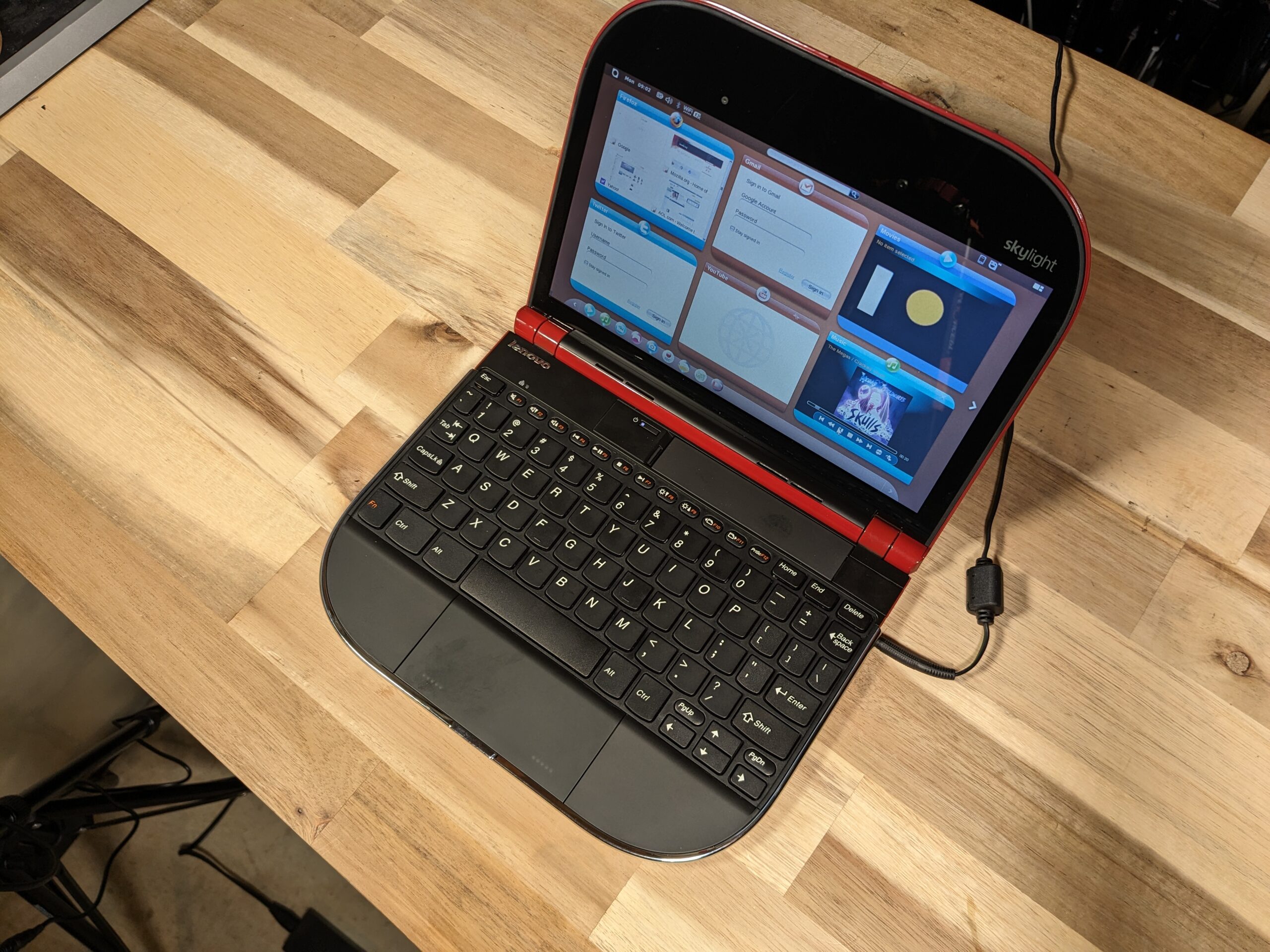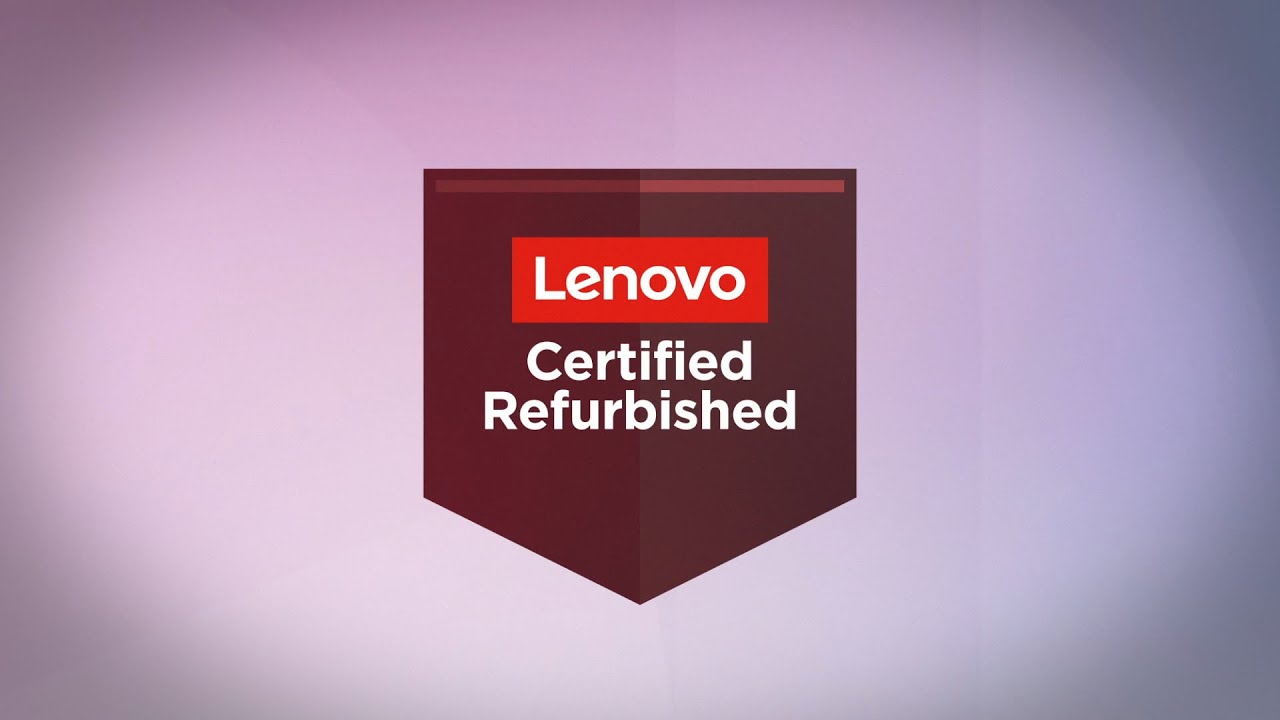
The Lenovo Skylight: A Glimpse Into a Forgotten Future
The Lenovo Skylight is one of those fantastic stories I’ve been lucky enough to share on my channel. If you haven’t seen the video of me unboxing this rare, unreleased ARM laptop, check it out below—it’s a true time capsule.
Like many of my deep-dive videos, I gather as much information, research, and firsthand accounts as possible to tell the fullest story. But every once in a while, I stumble across gems that don’t quite fit the main narrative or deserve their own spotlight. This article is where I get to share those.
The Vision Behind Skylight
One such example is this interview with Peter Gaucher, which offers rare insight into the device’s origin:
Skylight is a device that was inspired by the user’s usage scenario. In 2008, we were considering a strategy for a new netbook-like device that was based on cloud computing. Recent smartphones not only have high processing power but also have long battery life. We thought that we could develop a device with a larger screen that still had sufficient portability and Internet connectivity by using this technology. In fact, many iPhone users say they want a larger screen for watching videos. In addition, many consumers, especially young people, no longer want a full-featured Windows-based PC. We looked for market opportunities and found that Qualcomm had a similar vision, so development began. The development concepts were: 1. High portability, 2. Good design, 3. All-day use, 4. Instant on, 5. No fan or HDD. These concepts could not be realized by netbooks based on Intel processors.
This wasn’t just a quirky experiment—it was a serious attempt to rethink mobile computing. Lenovo saw a future where ARM processors, cloud services, and sleek design could converge into something revolutionary.
Design That Dared to Be Different
For those curious about the design, I highly recommend watching my interview with David Hill. He discusses how the team, along with legendary designer Richard Sapper, crafted Skylight’s striking look.
It also had a lasting impact on further designs. The keyboard that appeared on Skylight was essentially the prototype of what would become the modern six row ThinkPad keyboard. You can learn more about that in this article.
Tech Details and Limitations
There’s been interest from the Linux community about Skylight’s operating system. While I’ve identified the code base and the original developers, the system is heavily locked down—likely due to its demo-only nature. Accessing the SanDisk chips under the keyboard might be possible, but documenting the OS is beyond my current skill set.
The swollen battery may be replaceable. Given that the unit is not completely sealed in plastic and the construction details are on a sticker on the membrane that makes up part of the casing, the battery can very likely be rebuilt. Since the battery is already in a ‘damaged’ state, this might be something worth trying down the road.
The Smartbook That Never Was
Skylight wasn’t alone. Around the same time, other manufacturers were experimenting with ARM-based smartbooks—HP’s Compaq Airlife 100 and Toshiba’s AC100 come to mind. However, none of them managed to surpass niche releases or demo stages.
While it may have been an idea ahead of its time, it got journalists of the day discussing the possibilities. Brian Barrett, in an article, stated that customers would never get to decide for themselves if they wanted a smartbook, as it died before it hit the market.
What’s vexing is that it’s starting to look as if the broad consumer market will never really get a chance to decide for itself whether it wanted smartbooks. Third-party delays and a commanding tablet lead decided for them. The smartbook example tells we’re at a point where the industry can only stand one revolutionary device at a time. And frankly, that feels more like a coup.
Final Thoughts
The Lenovo Skylight may never have reached consumers, but its story still resonates. It’s a reminder that innovation doesn’t always follow a straight path—and that sometimes, the most fascinating devices are the ones that never got their moment in the spotlight. I’m grateful to have shared this glimpse into what could have been, and I hope it inspires others to keep digging, keep documenting, and keep celebrating the forgotten corners of tech history. If you’ve got stories, memories, or even your own rare devices, I’d love to hear about them in the comments. Until next time—stay curious.




























